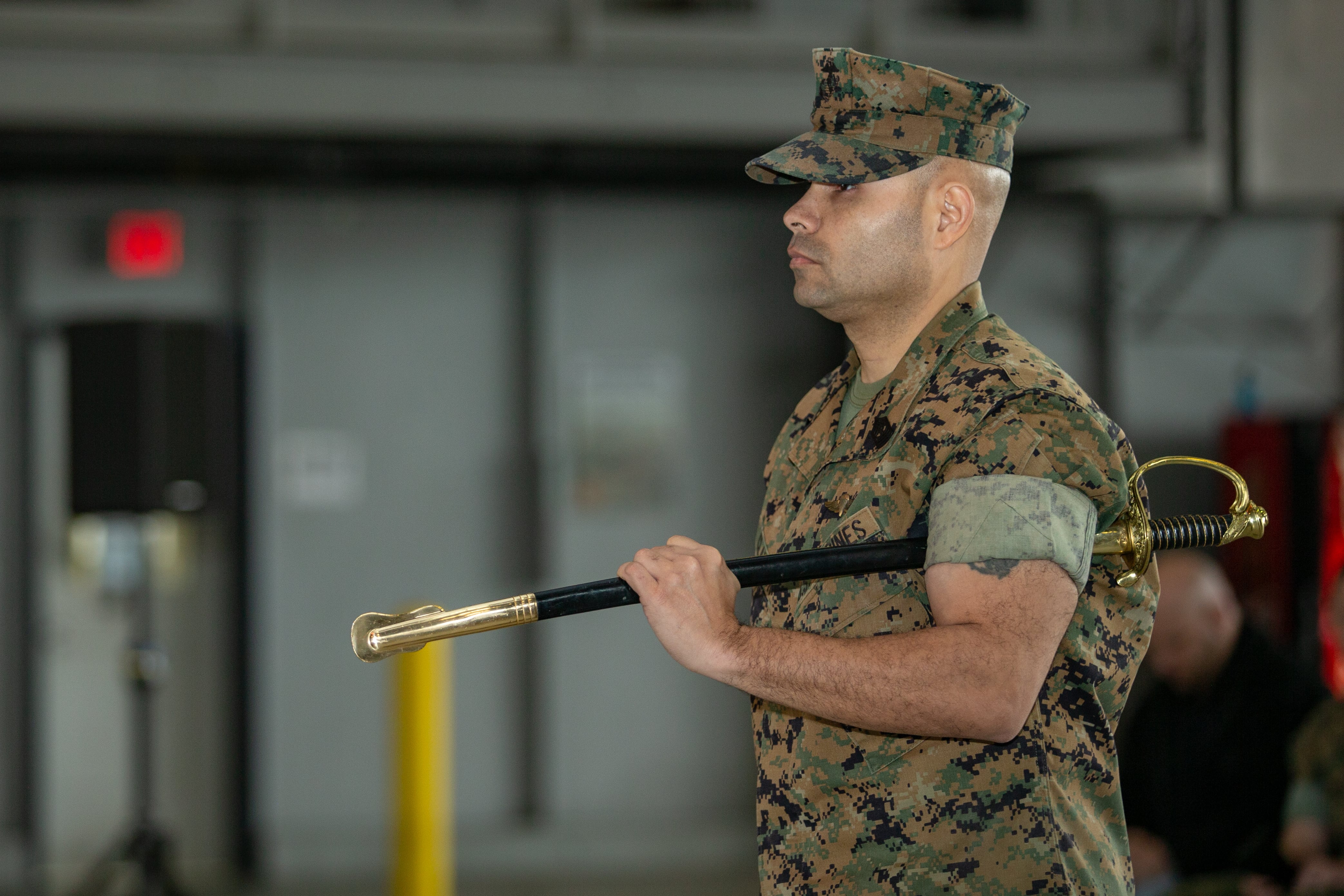The Defense Department said Tuesday it has officially made its long-awaited decision to move forward with full-rate production on the F-35 Joint Strike Fighter.
William LaPlante, the undersecretary of defense for acquisition and sustainment, signed a memo approving a Milestone C decision and full-rate production earlier in the day, the Pentagon said in a statement. The Defense Acquisition Board, which LaPlante chairs, met on March 7 to consider whether to move the F-35 into full-rate production.
“This is a major achievement for the F-35 program,” LaPlante said in the statement. “This decision — backed by my colleagues in the department — highlights to the services, F-35 cooperative program partners, and foreign military sales customers that the F-35 is stable and agile, and that all statutory and regulatory requirements have been appropriately addressed.”
The decision came more than four years after the Pentagon originally planned, and followed multiple years of delays due to troubles setting up the necessary Joint Simulation Environment tests.
The Pentagon said that the Milestone C approval sets the F-35 program up to “efficiently produce and deliver the next generation” of jets. Before the jet could move into full-rate production, the department said the program needed control of its manufacturing process, acceptable performance and reliability, and for adequate sustainment and support systems to be established.
Lockheed Martin is already building F-35s at essentially full capacity, producing about 150 of the jets each year. This means authorizing the F-35 for full-rate production will likely have a somewhat muted effect on how many jets are built.
“The F-35 enterprise has made significant improvements over the last decade, and we will always be driven to continuously improve sustainability, interoperability, and lethality so warfighters have the capability needed to fight and win when called to do so,” F-35 program executive officer Lt. Gen. Mike Schmidt said. “Moreover, the program and our great people can now focus on the future of the F-35 instead of the past.”
The F-35 completed the series of Joint Simulation Environment tests known as “runs for score” in September. Those 64 tests, carried out at Naval Air Station Patuxent River in Maryland, put all three versions of the jet through scenarios akin to what they might encounter in combat, such as defensive counter-air, cruise missile defense, and destruction of enemy air defense trials.
The Pentagon’s Office of the Director, Operational Test and Evaluation, then analyzed the data collected in the F-35′s tests and produced a report used to arrive at the milestone C decision.
Raymond O’Toole, acting director of operational test and evaluation, said his office had some concerns and recommendations, which the program is now working to address. One such concern was the need to improve test infrastructure that can be used to support the jet’s development, and make sure future upgrades known as Block 4 can be tested.
More than 990 F-35s have so far been delivered to the U.S. Air Force, Navy and Marine Corps, allies, and foreign military sales customers.
Stephen Losey is the air warfare reporter for Defense News. He previously covered leadership and personnel issues at Air Force Times, and the Pentagon, special operations and air warfare at Military.com. He has traveled to the Middle East to cover U.S. Air Force operations.





